The right gear is more than just an accessory—it’s a crucial component of injury prevention and performance enhancement. Essential sports equipment plays a pivotal role in safeguarding athletes from injuries by providing support, cushioning, and protection tailored to the demands of various activities. Understanding how different types of sports gear contribute to injury prevention can help athletes make informed choices and stay safe while pursuing their fitness goals.
Shielding Key Areas – One of the primary functions of sports gear is to protect vulnerable areas of the body. Helmets, for instance, are indispensable in contact sports like football and hockey, where they safeguard against head injuries and concussions. Modern helmets are designed with advanced materials and technology to absorb and dissipate impact forces, significantly reducing the risk of severe head trauma. Similarly, mouthguards are essential for protecting teeth and the jaw during high-impact sports, while shin guards in soccer and baseball provide crucial protection against collisions and stray balls.

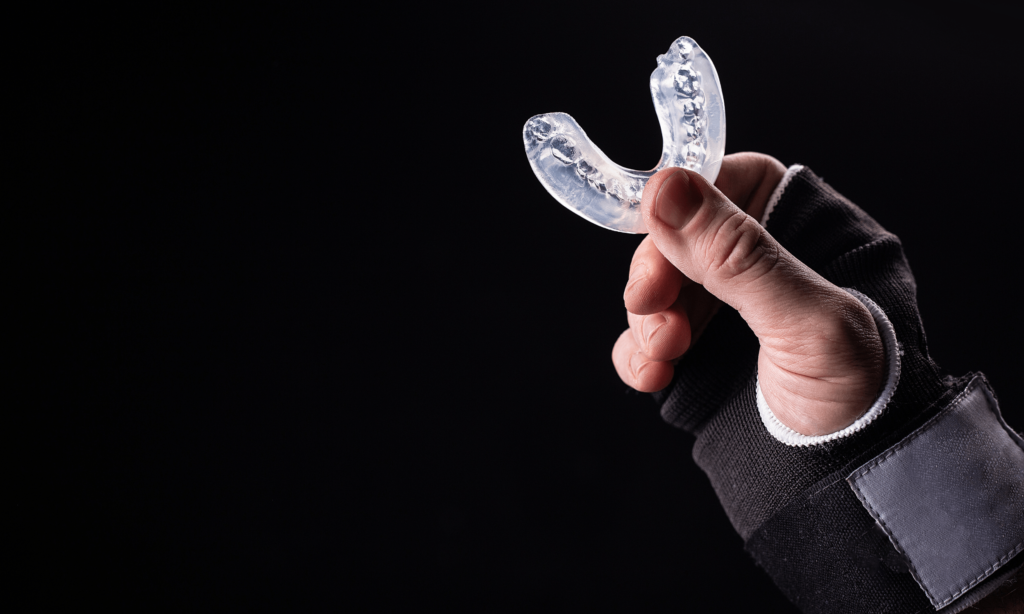
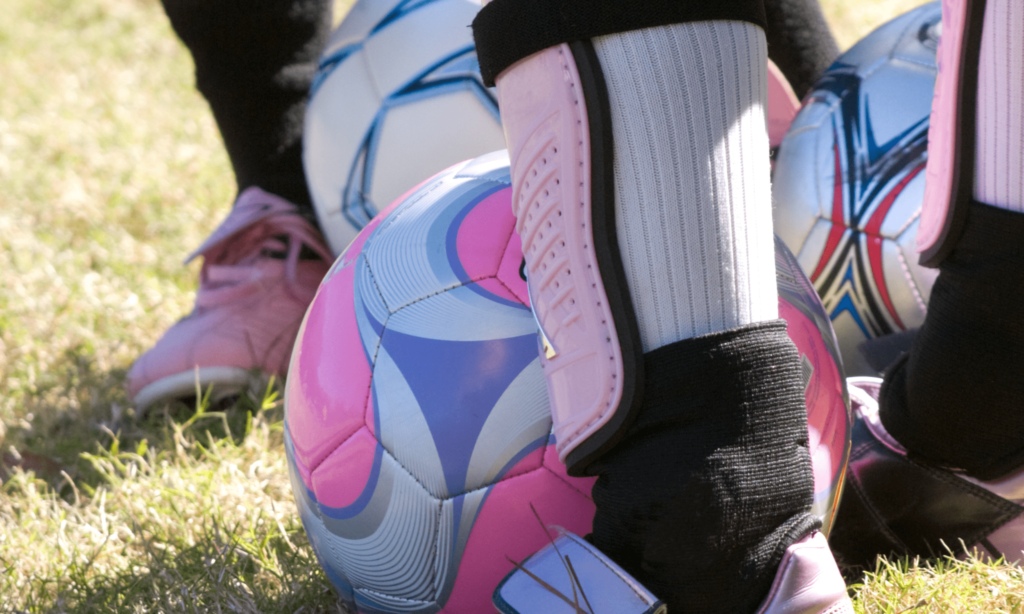
Enhancing Stability and Reducing Strain – Supportive gear, such as braces and compression wear, plays a crucial role in stabilizing joints and muscles during physical activity. Knee and ankle braces, for example, are commonly used to support and stabilize these areas, particularly for athletes recovering from previous injuries or engaging in high-intensity activities that place stress on the joints. Compression garments, on the other hand, improve blood circulation and reduce muscle fatigue by providing gentle pressure and support, which can enhance performance and decrease the likelihood of overuse injuries.
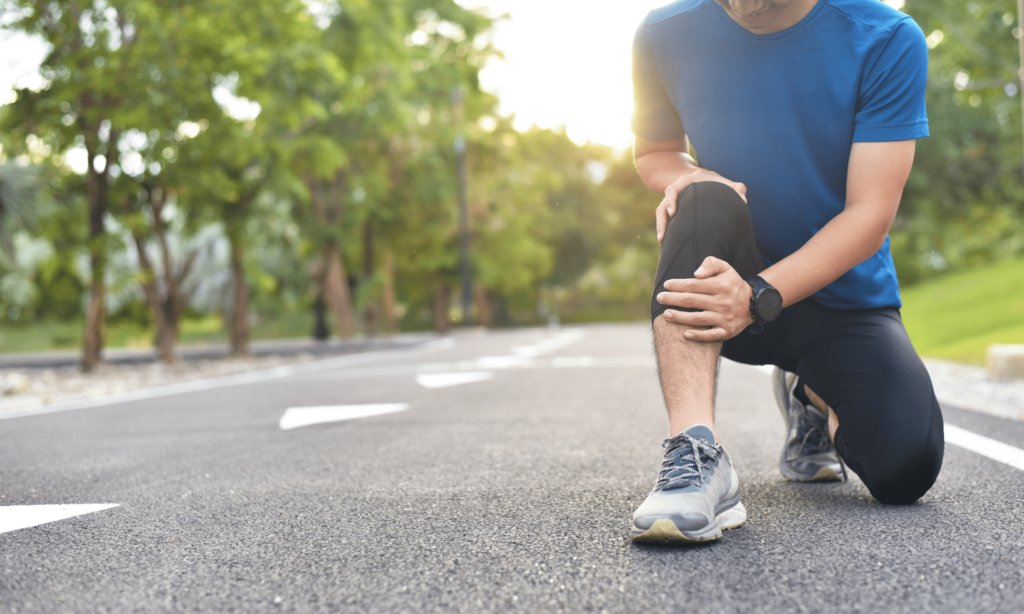


The Foundation of Injury Prevention – Footwear is arguably one of the most important pieces of sports gear, as it directly impacts an athlete’s performance and injury risk. Properly fitted and activity-specific shoes can provide the necessary cushioning, arch support, and stability required for different sports. Running shoes, for instance, are designed with advanced cushioning and shock absorption to protect against impact-related injuries, while sports-specific shoes, like those for basketball or tennis, offer enhanced grip and ankle support to prevent slips and sprains. Investing in quality footwear that matches the demands of the sport can prevent a range of injuries, from blisters and calluses to more serious conditions like stress fractures and plantar fasciitis.


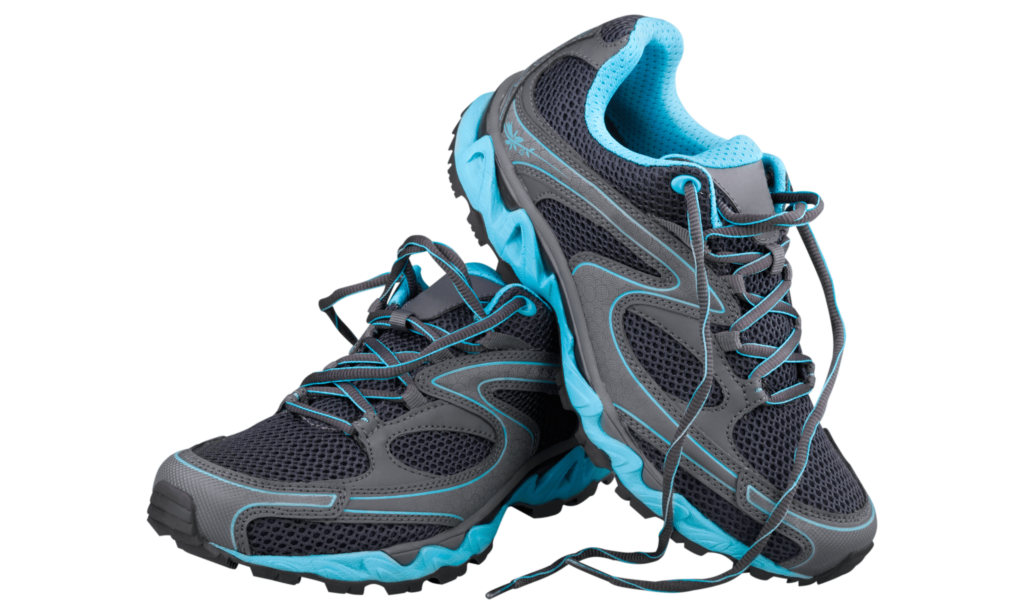
Tailoring Gear for Optimal Protection – The effectiveness of sports gear in preventing injuries is significantly enhanced when it is customized to fit the individual athlete. Custom-fitted equipment, such as orthotic insoles and custom-made helmets, provides personalized support and protection, addressing specific anatomical needs and reducing the risk of discomfort and injury. For instance, custom orthotics can correct alignment issues and provide additional support to individuals with specific foot conditions, while a properly fitted helmet ensures optimal protection without compromising comfort or mobility.

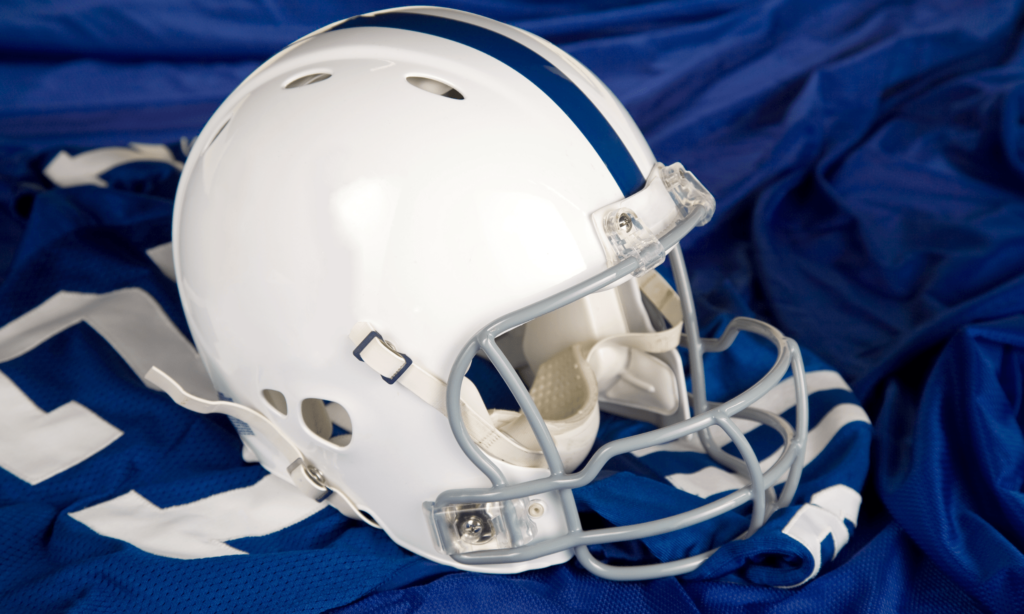

Ensuring Gear Longevity and Effectiveness – Regular maintenance and proper care of sports gear are essential for ensuring its continued effectiveness in injury prevention. Worn-out or damaged equipment can compromise its protective features, increasing the risk of injury. For example, worn-out shoes may lose their cushioning and support, while damaged helmets may no longer provide adequate protection. Athletes should routinely inspect their gear for signs of wear and tear, adhere to manufacturer care instructions, and replace equipment as needed to maintain its protective qualities.
Making Informed Choices – Ultimately, understanding the role of different types of sports gear in injury prevention and making informed choices based on individual needs and activity requirements is crucial. Athletes should consult with coaches, trainers, or sports professionals to ensure they are using the appropriate gear for their specific sport and condition. Additionally, staying informed about advancements in sports equipment technology can help athletes benefit from the latest innovations designed to enhance safety and performance.
Hence, essential sports gear is a critical element in preventing injuries and enhancing athletic performance. By providing protection, support, and stability, properly selected and maintained equipment helps safeguard athletes against a range of injuries. Investing in high-quality, well-fitted gear and staying informed about the latest advancements can significantly reduce the risk of injury and contribute to a safer and more effective sporting experience.
Elevate your performance with Apex Sports Clinic! Schedule an appointment today for personalized, expert care in optimizing your athletic potential.


